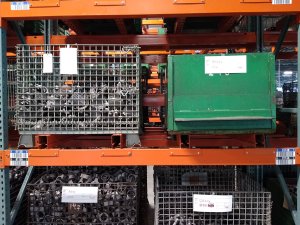By Justin ErkenbrackSJF Material Handling Solutions Specialist Forklift entry bars are used to keep product supported off...
Lift Trucks
Posts about Forklifts and Forklift Trucks.
Watch a video demo of a Bendi B30 fork truck in action. Bendi swing reach forklifts are...

